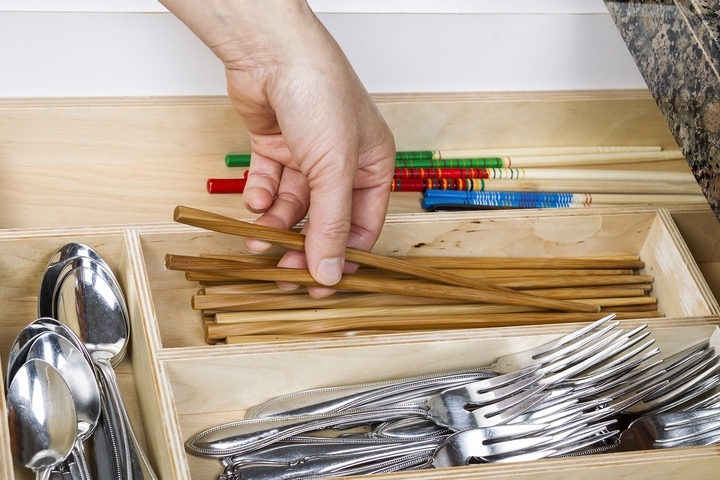Thinking about any sort of restaurant usually evokes some sense of imagery. All of our senses are used, from the décor seen inside, to the aroma of the food coming from inside the kitchen. As it pertains to the former, having a consistent theme, from decorations to serving materials, is important.
For example, the types of cutlery found inside any restaurant can vary, in accordance with the given theme. It comes down to much more than just being in possession of a butter knife. In fact, there are plenty of variations to each type of cutlery you expect to find in a restaurant.
Check out these six different types of cutlery used in restaurants:
Type #1: Knife
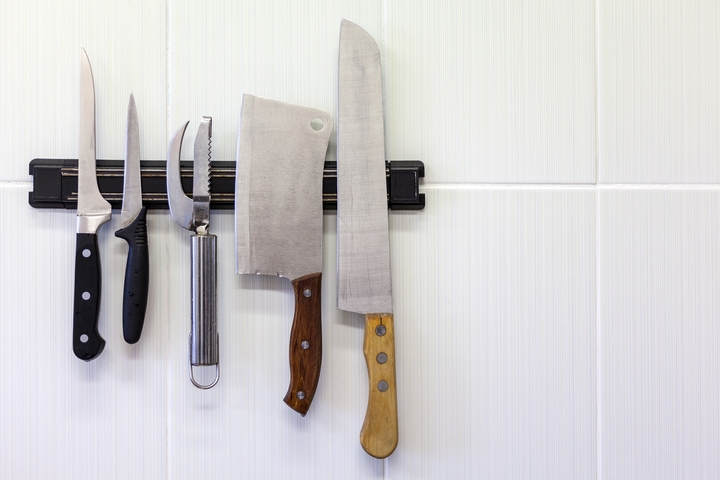
The knife is probably the most common type of cutlery used in restaurants. For such a potentially harmful type of cutlery, the knife is a versatile option. This is because it comes down to what the knife is being used for. In the kitchen, you’ll find larger variations used to slice through meat and vegetables. These kitchen supplies can range in length as well, depending on what is to be cut.
As it pertains to the in-house experience, guests will usually be served with knives of different types. Knives for buttering rolls can be expected, just as knives for cutting meat dishes are. Typically, the blade of these knives aren’t as sharp, just so that the guest isn’t accidentally harmed!
Type #2: Spoons
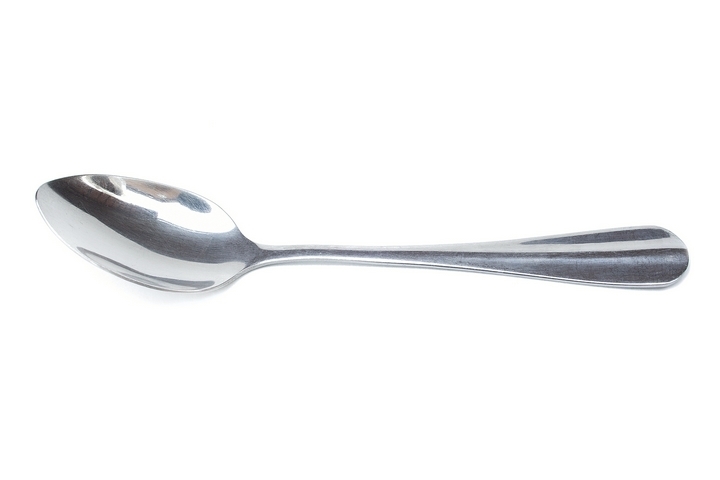
No matter if it is a restaurant’s famous soup, or a gelato served after dinner, a spoon is as common as the knife. Spoons, like their cutlery counterparts, can be served in different formats. For example, soup spoons tend to be smaller in length, versus their longer cousins used for desserts.
Teaspoons are another common variant, which are typically used for beverage mixing. After a meal, restaurants usually provide the option of serving tea or coffee. To properly mix in an applicable amount of sugar or cream, a teaspoon will best fit this specific scenario. Who knew that they could be used for different tasks we usually take for granted?
Type #3: Dinner Fork
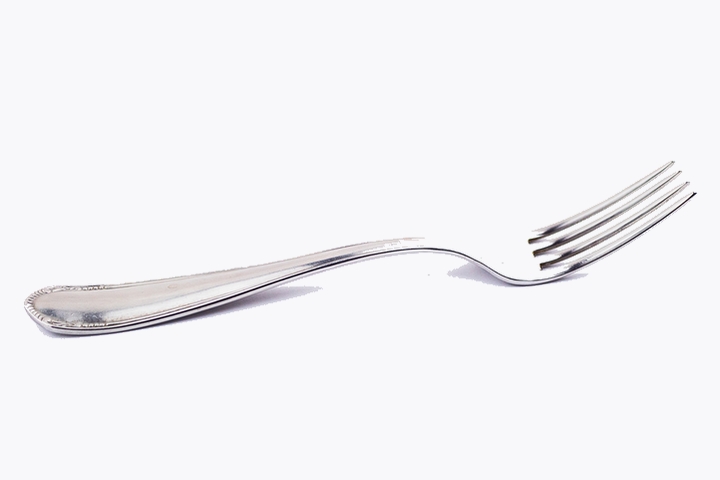
To complete the trifecta of different types of cutlery found in restaurants, you have the fork. However, like the preceding types, forks also come in different options as well. The most standard type that guests will see is the dinner fork. It, as its name suggests, is mainly used in dinner courses.
Dinner forks are usually longer than their sibling counterparts, due to what they are needed for. They are easy to grasp, for those of all ages as well. Although not as sharp as a knife, the ends of the fork are still pointed enough to get a hold of all food inside of a dish.
Type #4: Salad Fork
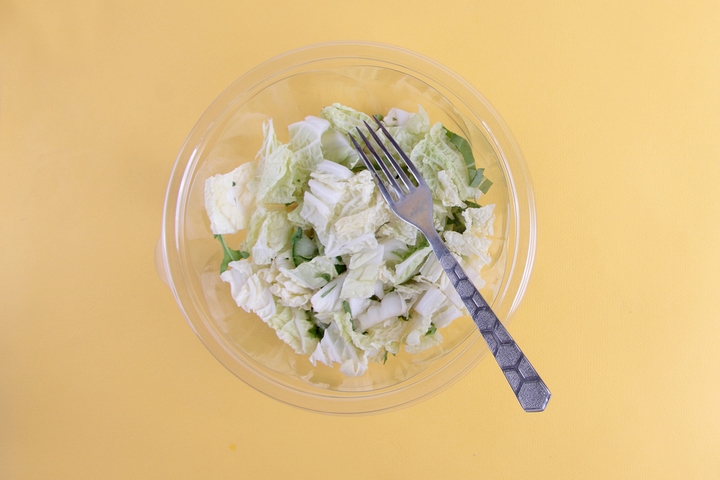
Since cutting through meaty courses will necessitate the use of a dinner fork, salads require a different option. As such, restaurant owners will provide the option for guests to use a salad fork. These types of cutlery are smaller by comparison, and are not generally sharp at their pointed end.
This is generally due to the fact that vegetables inside of a salad are easy to penetrate. Moreover, these types of forks can be effective in either a steel or plastic form. The material used to make the fork means that it can be easier to use for all age groups, especially kids. As a parent, you don’t want your child accidentally harming themselves after all!
Type #5: Tablespoon
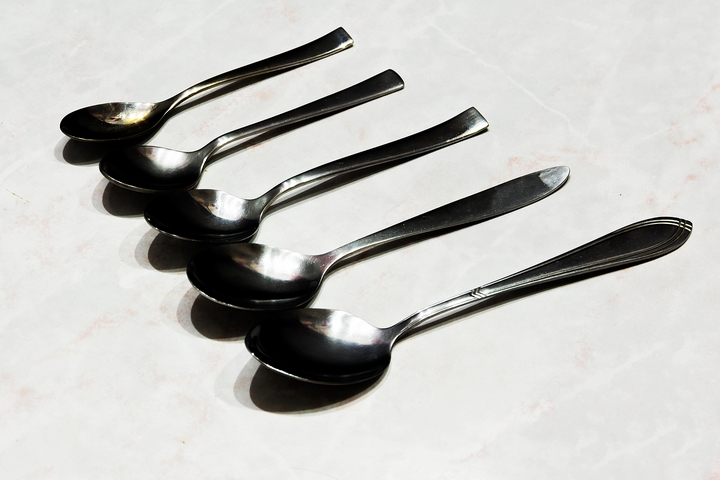
Whereas tea spoons are generally used to mix beverages together with additional additives, tablespoons are different. Although it is still considered to be a type of cutlery, tablespoons are mostly used for food preparation. Since many dishes will require accurate measurements, this type of spoon will come into play.
What makes the tablespoon even more fascinating is that its actual measurements can vary by country. A tablespoon in Australia, for example, can be equal to about twenty millimetres. A spoon used in England, on the other hand, can measure to about twenty-five millimetres. Depending on where the kitchen is located, dishes may be prepared with this in mind.
Type #6: Steak Knife
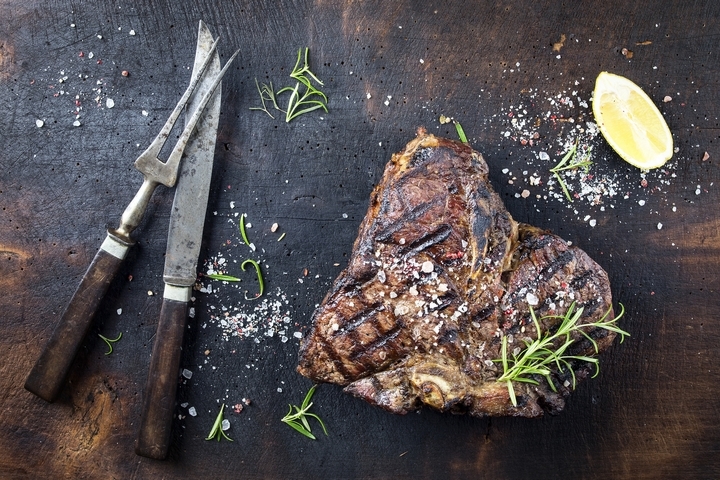
Steak meals are typically considered to be the heaviest of most dinner options in a restaurant. As a result of its notable presence, it necessitates the use of its own, respective type of cutlery. Steak knives are provided to guests in this scenario, which could be serrated or non-serrated in relation to preference. It is a satisfying experience, when cutting through a massive cut of meat!
Even though cutlery options can essentially come down to three basic options, the types will often vary. The restaurant experience demands that owners serve unique cutlery types, attributable to a given dish. That way, the overall guest experience will be maximized with every visit!

